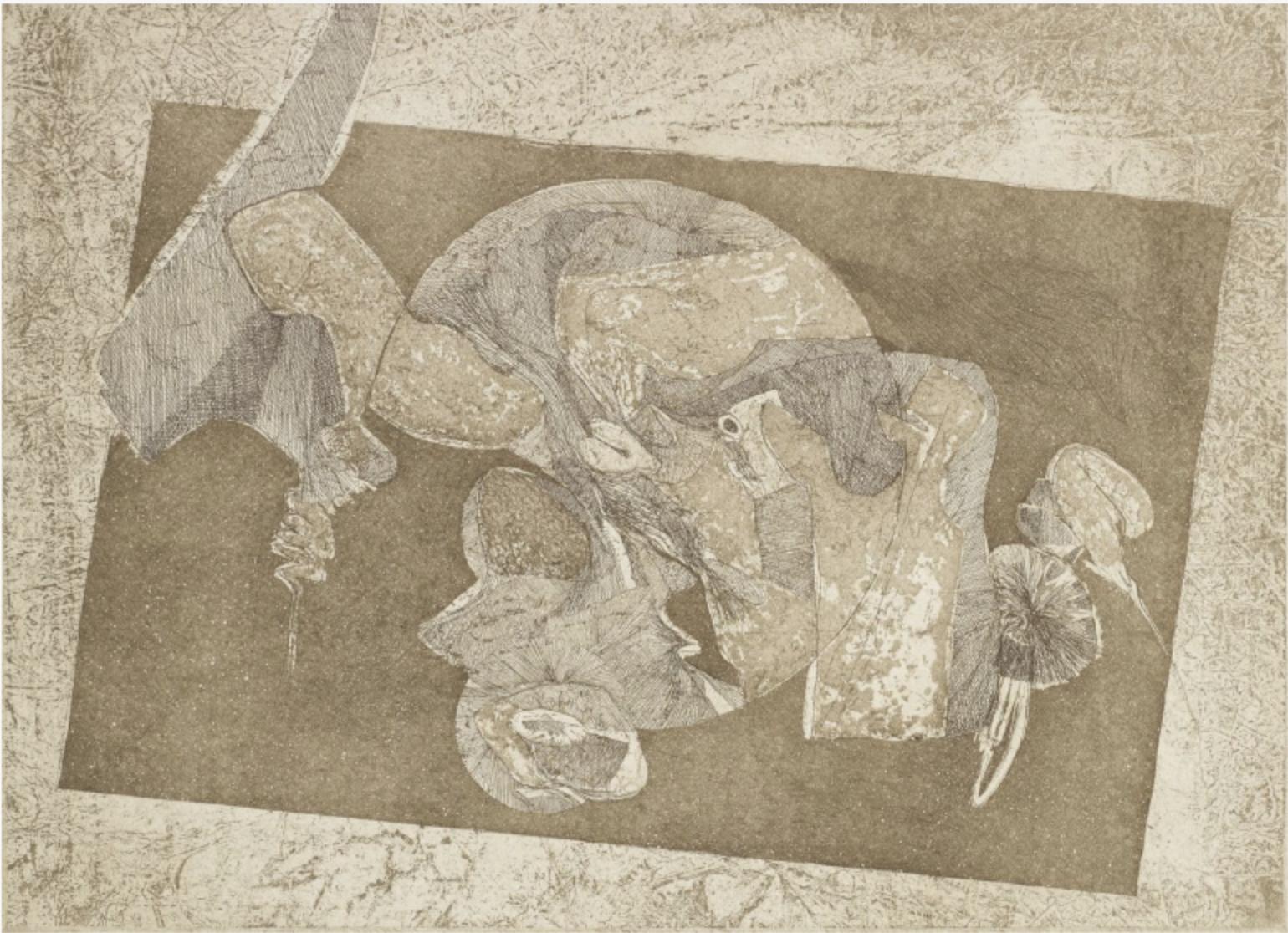(1930-Aug. 30, 1982). A dropout from , his schooling was completed and his artistic ability developed under teacher Helen Mowray while he was being treated for tuberculosis at Sunnyside Sanitorium. In 1952, Majors enrolled in the and then the Cleveland School of Art. A 1960 Whitney Foundation fellowship enabled him to study in Florence, Italy. Majors returned to the United States in 1963 and settled in New York City with jobs as a guard at the Museum of Modern Art and as an evening art instructor.

While his early paintings were in the vein of abstract expressionism, Majors went from painter to graphic artist after returning from Italy. This led him to his most ambitious undertaking, the 18-print portfolio . This 1966 work earned the grand prize at the First World Festival of Negro Arts, held in Dakar, Senegal, and was purchased for the Herron Art Institute. He received an award for his work shown in the United States pavilion at the 35th Venice Biennale in 1970. In 1974 he received a Guggenheim Award.
Majors’ final years were divided between creating art from a studio in Portsmouth, New Hampshire, and teaching at northeastern universities and art schools.

Help improve this entry
Contribute information, offer corrections, suggest images.
You can also recommend new entries related to this topic.